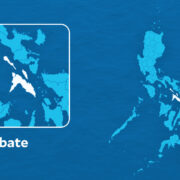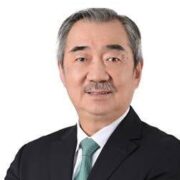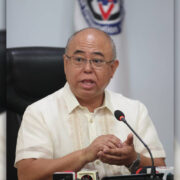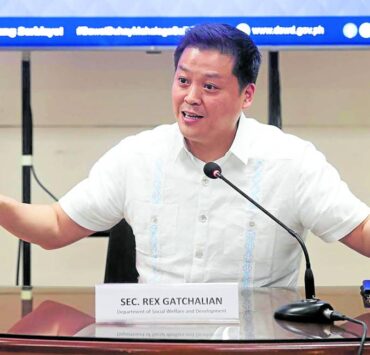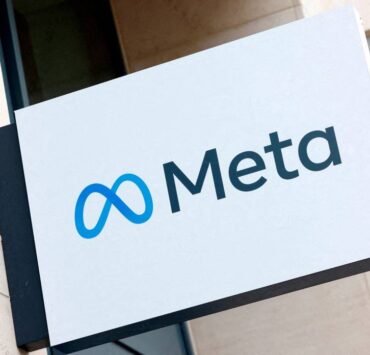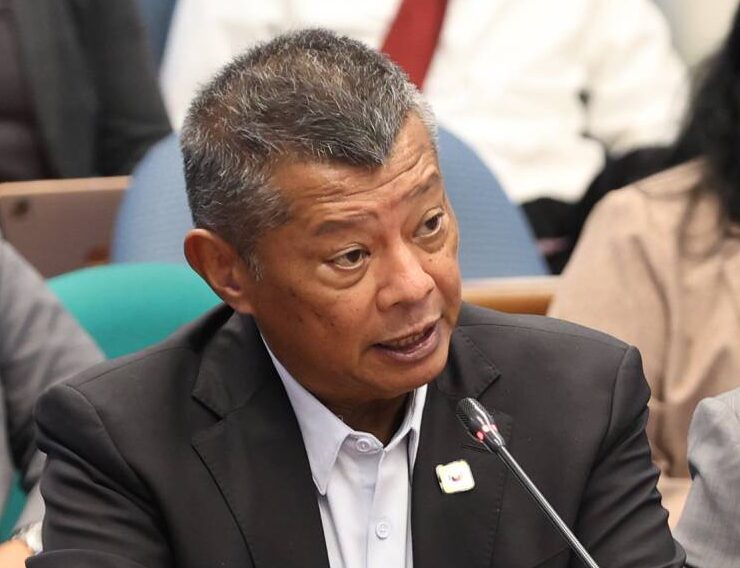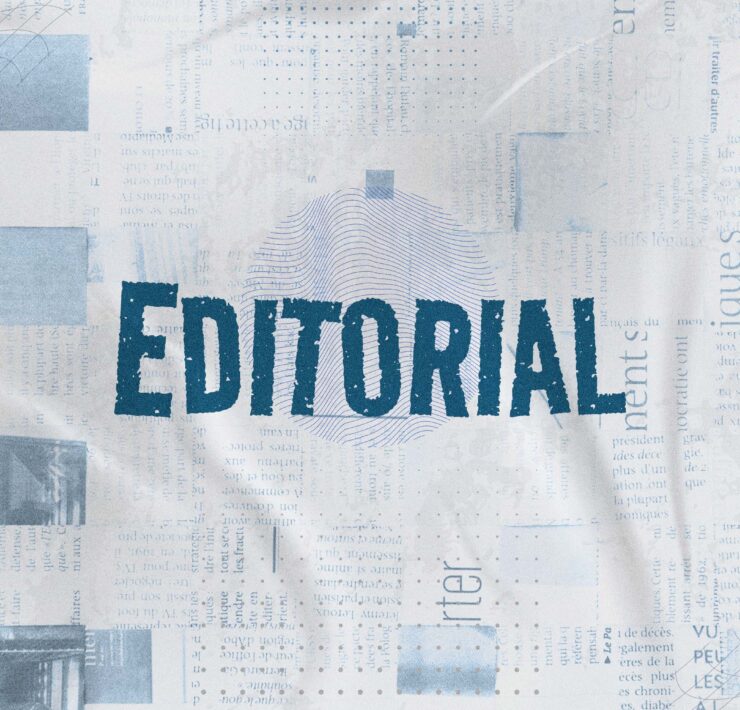Gov’t to push for flexible work setups this year
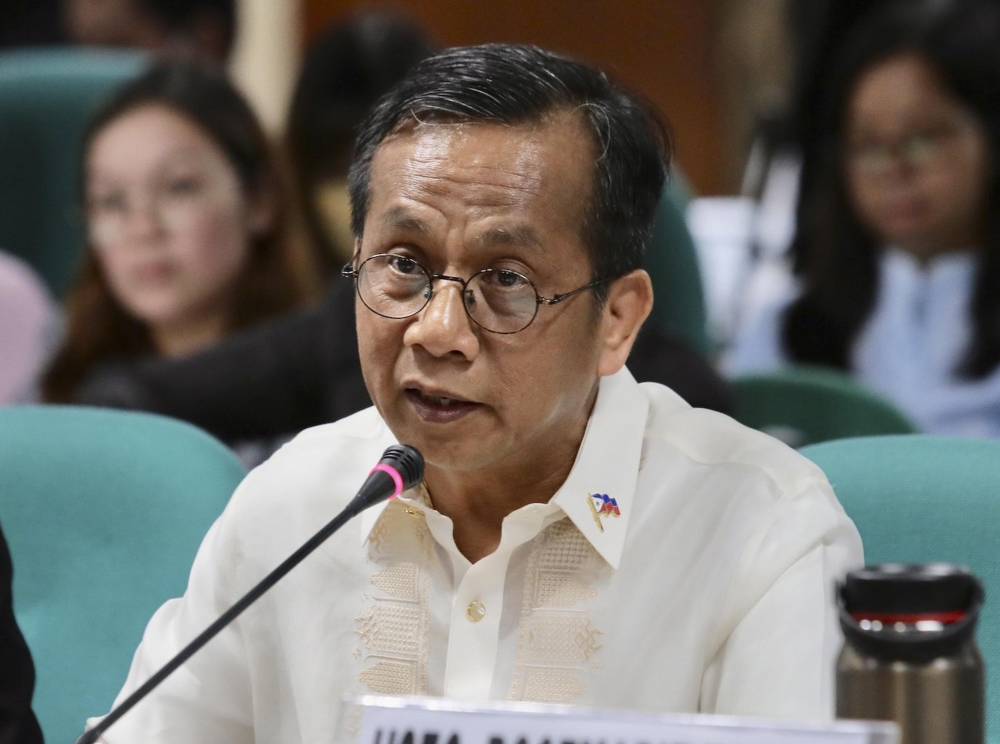
The Marcos administration vowed to push for the adoption of “alternative work arrangements” (AWAs) in 2025 as part of efforts to sustain gains in unemployment and underemployment in the country, according to the National Economic and Development Authority (Neda).
In a statement, Neda Secretary Arsenio Balisacan said the government “remains committed to achieving its employment targets under the Philippine Development Plan 2023-2028 by having a “multifaceted approach in place to ensure an efficient labor market.”
He said the government would be focusing on efforts to facilitate the adoption of AWAs to account for workers’ evolving preferences while considering organizations’ emerging demands.
Balisacan made the statement as Neda announced that unemployment and underemployment figures in the country dropped in November last year, adding that the labor market “continues to be robust as indicated by the improved employment numbers.” (See related story in Business, Page B1.)
Different forms
Neda has yet to provide details on what AWA it intends to push this year, supposedly to boost productivity and adapt to changing work environments while promoting employee well-being.
The agency’s stance has been buoyed by the findings of the National Evaluation Portal report that it released in 2023, which recommended modified work setups following the COVID-19 pandemic.
The Telecommuting Act of 2019 allows private sector employees to perform their duties remotely, further supporting the shift toward flexible work setups.
Among the AWAs being considered are flexible work arrangements that may include variations in hours, work locations and skill sets.
Some Philippine examples include work from home (WFH); work from a satellite office, or work from another fixed place.
The Civil Service Commission earlier outlined several alternative work arrangements for government agencies, which include WFH; skeleton workforce; four-day (compressed) workweek; and staggered working hours, and flexible (fluctuating) work schedules.
Changing preferences
After the pandemic gave rise to flexible work schemes, Neda underscored the need for employers to offer jobs with either WFH or hybrid setup to adapt to changing employee preferences.
It was also to ensure that companies can hire top talents who prefer such arrangements.
But Neda also stressed the importance of improving the country’s digital infrastructure to maximize the benefits of alternative work arrangements.
Internet factor
According to industry data provider Statista, the segment of Filipinos with internet access out of the total population stood at 89.34 percent in 2024 and could increase to 98 percent by 2029.
As early as 2022, Neda saw the need to promote alternative work arrangements, citing the skyrocketing fuel prices. —WITH A REPORT FROM IAN NICOLAS CIGARAL

